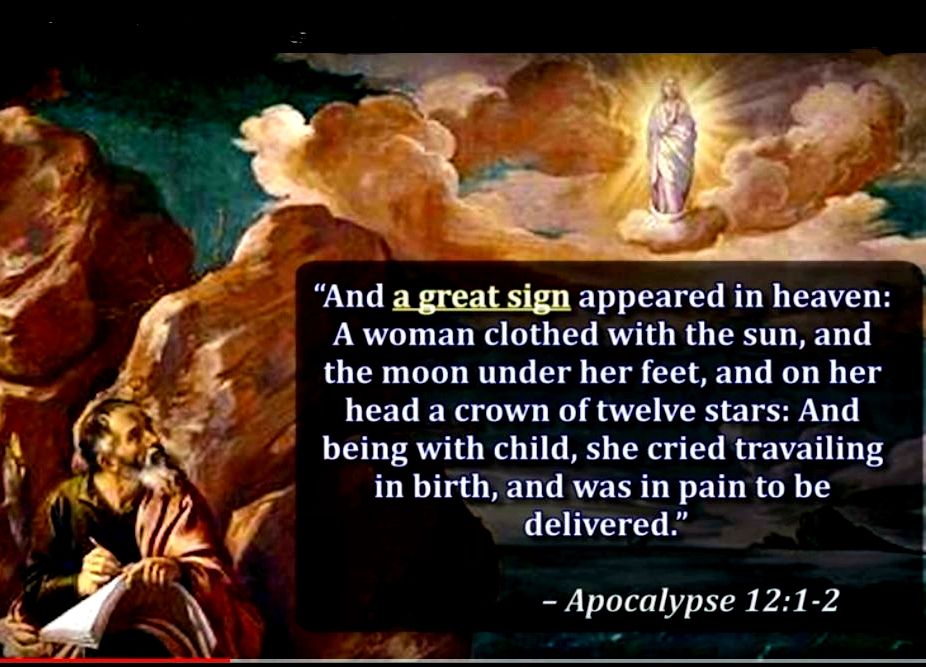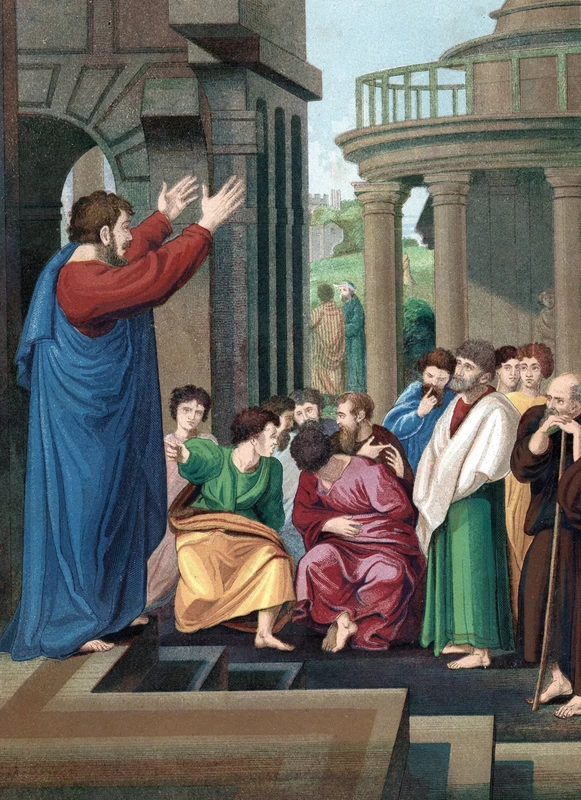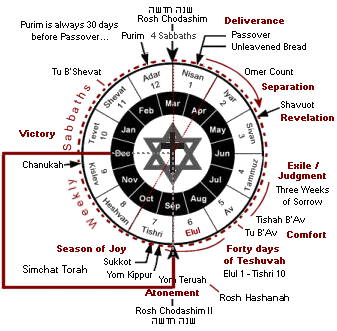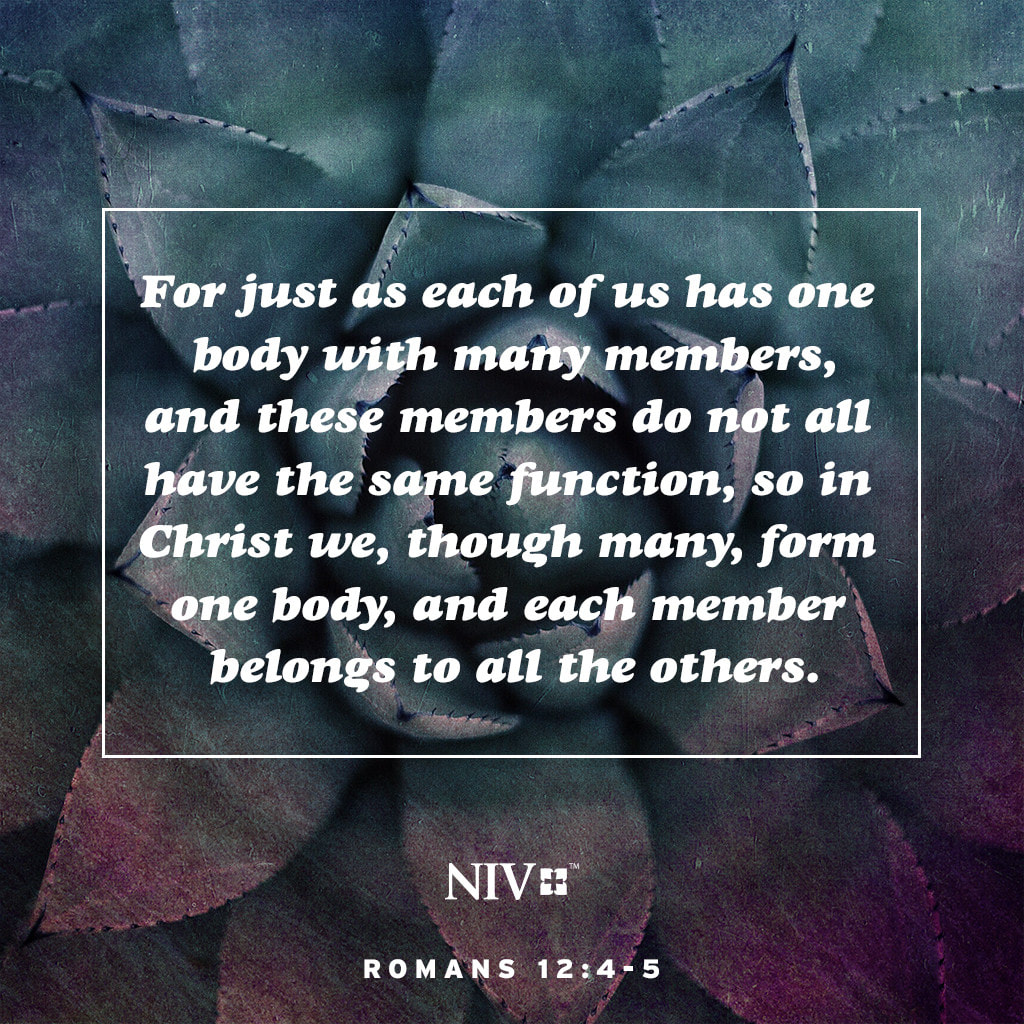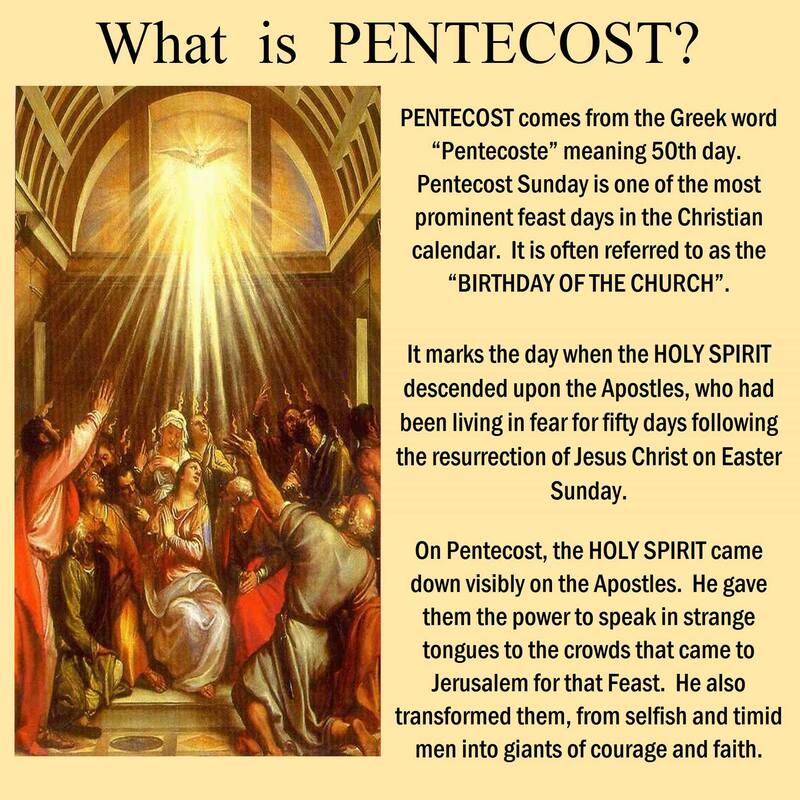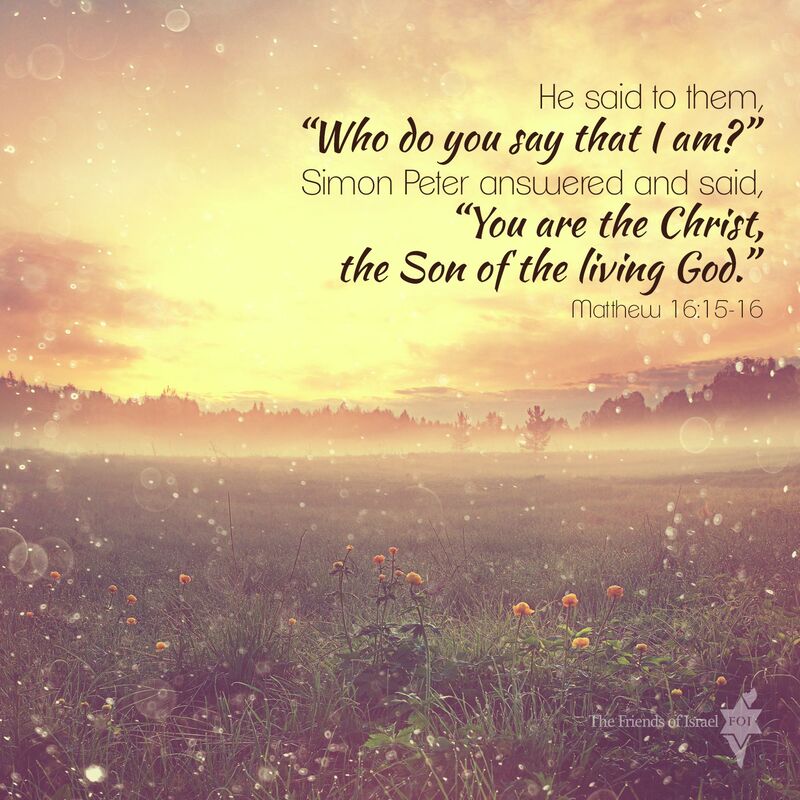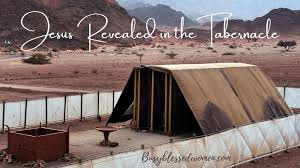Letters to all Christians
The word epistle comes from the Greek word epistole that means
“letter” or “message.” Epistles were a primary form of
written communication in the ancient world, especially during New Testament times. Since many of the New Testament books were
originally written as letters to churches or individuals,
they are referred to as the Epistles.
An epistle would have been written on a scroll. Often, it was dictated and then reviewed by the author before being delivered by a trusted messenger.
For example, 1 Peter mentions that it was Peter’s letter written down by Silvanus, or Silas (1 Peter 5:12).
Timothy was involved in the writing and delivery of several of the apostle Paul’s letters (Colossians 1:1; 1 Thessalonians 1:1; Philemon 1:1), although Paul signed each one to verify that he was the author (Galatians 6:11).
Epistles also generally followed a familiar format. Most of Paul’s letters begin with an introduction that identifies his name and those of any associates, mentions his audience, and gives a greeting.
The introduction is followed by the main body of the letter, and the epistles often conclude with a general blessing and personal notes to individuals within the recipient church.
The Epistles of the Bible are all found in the New Testament. They include 21 of the New Testament’s 27 books, extending from Romans to Jude.
Thirteen of these Epistles were written by the apostle Paul: Romans, 1 and 2 Corinthians, Galatians, Ephesians, Philippians, Colossians, 1 and 2 Thessalonians, 1 and 2 Timothy, Titus, and Philemon.
Within this group of Pauline Epistles is a subgroup labeled the Prison Epistles (Ephesians, Philippians, Colossians, and Philemon) so-called because they were written during Paul’s two-year house arrest in Rome (Acts 28:30–31).
The Pastoral Epistles (1 and 2 Timothy and Titus) were written to church leaders and include many teachings regarding practices within the early church. Following these writings are eight
General Epistles
(sometimes called Catholic Epistles, since they were
written to a “universal” audience) that include Hebrews, James, 1 and 2 Peter, 1, 2, and 3 John, and Jude.
The author of Hebrews is unknown (though many have historically attributed the book to Paul or one of Paul’s associates). James was one of the earliest New Testament writings and was written by James, the half-brother of Jesus (1 Corinthians 15:7).
The apostle Peter wrote 1 and 2 Peter. The apostle John (the same author of the Gospel of John and Revelation) wrote 1 John, 2 John, and 3 John. The short Epistle of Jude was written by Jude, another half-brother of Jesus (Jude 1:1).
All of the known authors of the Epistles are either an apostle (Paul, Peter, John) or a family member of Jesus (James, Jude). Each of these individuals had a unique calling from the Lord Jesus that included writing letters to others. These letters, inspired by the Holy Spirit, are preserved as part of the New Testament’s writings today.
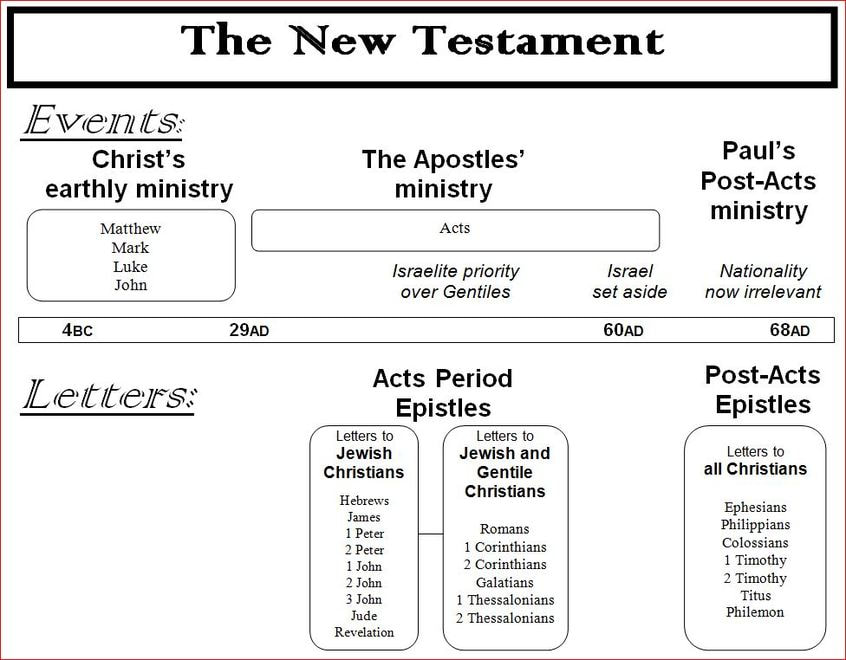
 RSS Feed
RSS Feed











